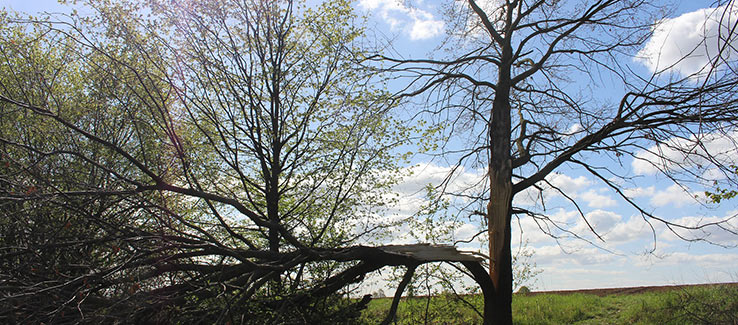Tree Repair Split Trunk
Prevent a split trunk from killing your tree. Knowing how to help your tree recover when its trunk splits can add decades to its lifespan.
fasttreeremovalatlanta.com gathered the following information on methods to secure a tree when its trunk splits, what damages can lead to splitting, and how to help a tree overcome such damages.
How to Fix a Splitting Tree
When your tree starts to split, the faster you act to fix it, the more chance it will recover from this life-threatening event. The following are methods used to provide a tree with structural support:
Cabling – Cabling a tree is when you tie off and extend a steel cable from one tree limb to another across from it(within the crown). The objective is to reduce the expansive forces placed on the area where the trunk branches off, becoming the crown.
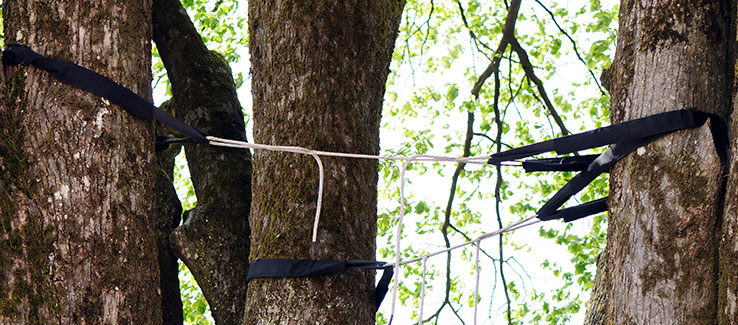
This is an effective corrective method when the trunk is in the very beginning phase of splitting. However, depending on where the trunk is splitting, it may be necessary to provide further stability (using a brace) for the tree to seal its wounds.
Bracing – Bracing a tree is when you drill a hole or holes through the trunk (where the split is occurring) and run threaded steel rods through the hole(s). Observe the following:
- Drill a smaller “starter” hole to avoid larger bits getting stuck in the trunk
- Drill your holes slowly, allowing the bit to draw out the sawdust (drilling too fast can seize the bit in the hole)
- Unless perfectly aligned, you may have to pound (force) the rod through the hole(s)
- Use double washers on each end to avoid further bark damage as the nuts are tightened
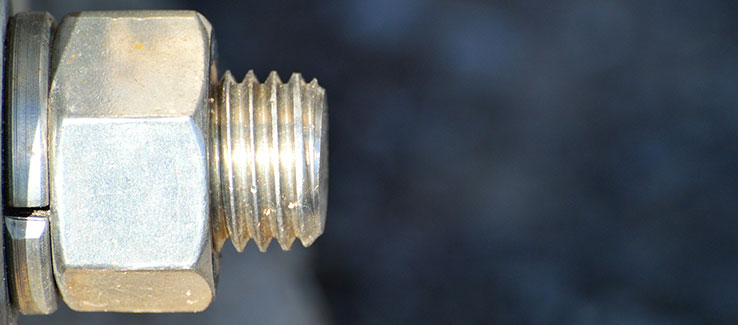
Once the rods are inserted, large washers and nuts are placed at each end and tightened until ideally closing the gap where the trunk split.
Bracing alone can be used when the split occurs on the lower portion of the tree’s trunk. When the split is near the top of the trunk or in a crotch, both bracing and cabling are advised to prevent windsnap from occurring.
Tip: One brace should be used for every 4 to 6-inches the trunk has split.
Cabling and bracing are not temporary solutions. If successful, after several growing seasons, the tree will compartmentalize and seal the crack along with the cables and braces where they are in contact with the tree.
Note: This work should be done while a tree is dormant or fully leafed out. Try to avoid doing this in spring or fall when the tree is most vulnerable to damages and/or diseases.
Cabling and/or bracing should not be attempted on diseased trees splitting from structural decomposition. Such trees should be carefully removed and destroyed.
Tree Wound Repair
Severe storms, drought, disease, and infestations can take a toll on a tree’s health and structure. Here’s how to address different types of damage to avoid future trunk splitting:
Young Tree Damage – Young trees quickly recover from damages if caught early enough. As long as the leader and branching structure is intact, prune broken or affected branches back to the trunk.
Mature Tree Damage – A mature tree can lose a major limb and recover. The broken or damaged branch should be pruned back to the trunk. After losing a major limb, your tree’s balance may be thrown off enough to initiate a split in a crotch or in the trunk.
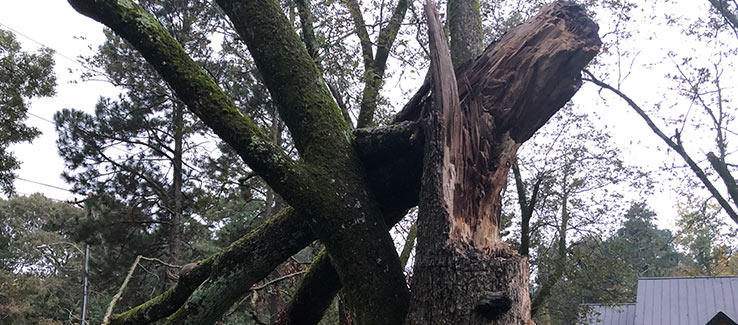
Bracing and/or cabling may be required to support the tree’s structure after losing a major limb.
Sometimes, when a branch is diseased or is no longer photosynthesizing enough nutrients, the tree may shed the branch through a process called cladoptosis (self-pruning).
Tree Bark Damage – When bark damage occurs in more than 25% of the trunk’s circumference, your tree is likely girdled, and a portion of the tree may die. Depending on your tree’s structure and the extent of the damages, the affected part of the tree may split away from the healthy part.
When you detect extensive bark damage on your tree, hire an arborist to evaluate the tree and determine a course of action.
Read more about tree bark damage at fasttreeremovalatlanta.com/handling-tree-bark-damage
Lightning Strike – A lightning strike has the potential to not only split a tree but superheat it, evaporating all of the moisture within.
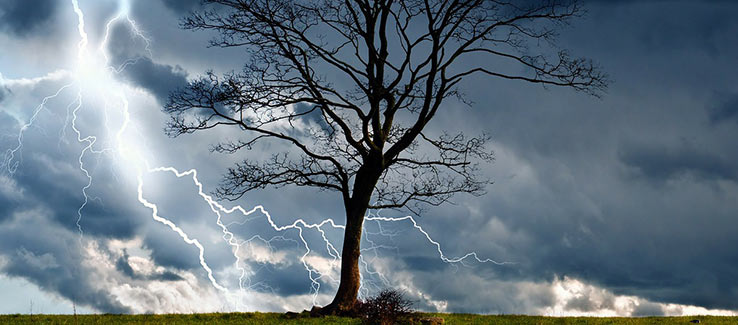
Sometimes, a tree can survive a lightning strike but will need extensive pruning, care, and support to overcome such a devastating event.
In other cases, the tree may suffer a severed crown, a full splitting of the trunk, or even explode. Such events will ultimately kill the tree.
In the event of a lightning strike to your tree, hire a professional tree service to evaluate your tree’s structure and stability. Sometimes, bracing and cabling can hold the tree together long enough for it to recover.
Irreparable Damage – Some damages are simply too much for a tree to overcome. The following are examples of when your tree should be removed:
- Crown Loss (more than 25%)
- Windsnap (tree breaks in half)
- Windthrow (tree uproots)
- Heart Rot
- Root Rot
- Full Trunk Split
Diseases and insect infestations can take a toll on a tree’s health and act as a gateway for multiple stressors to ultimately kill the tree. Read more about what can kill a tree at fasttreeremovalatlanta.com/why-are-my-trees-dying
Tree Repair
In this article, you discovered how to prevent a split from worsening in a tree, some factors that lead to splits in trees, and how to help a tree repair its wounds.
You can significantly extend the life of your tree by stopping it from splitting and preventing conditions that encourage splits to occur.
Ignoring the signs of a splitting tree can result in catastrophic damages when your tree loses its stability and falls on your property.
Sources:
gardenatoz.org/whats-up/ensemble-editions/late-winter/whats-up-82/fix-split-trunks/
arborday.org/media/stormrecovery/for-homeowners.cfm
extension.purdue.edu/extmedia/FNR/FNR-550-W.pdf
(404) 220-9965
(404) 220-9963

